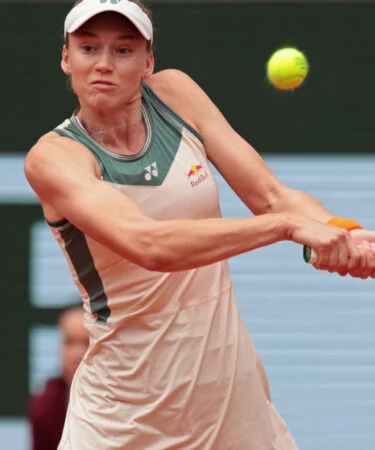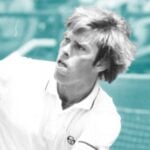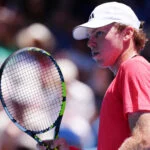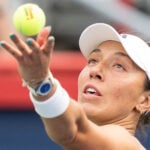Without control, power is nothing : why the biggest hitters don’t have everything their own way
At the sweet spot of fire vs ice and risk vs pragmatism lives the perfect rivalry. Carole Bouchard talk to several pros and their coaches to see see who has the upper hand, and why
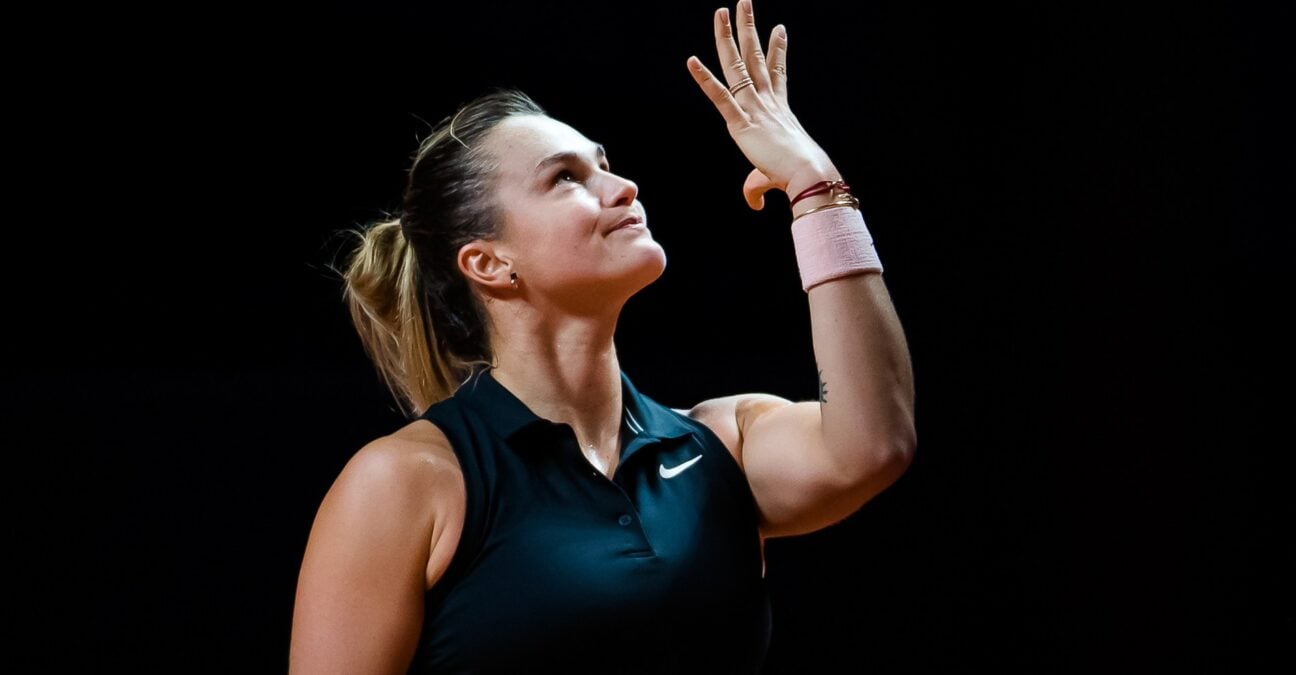 Aryna Sabalenka, Stuttgart 2021 – © Zuma / Panoramic
Aryna Sabalenka, Stuttgart 2021 – © Zuma / Panoramic
Even if Ash Barty has just retired, the observation is still accurate: at the heights of the game and over time, it is not the players who are only the most powerful who dominate. Just look at the recent losses of Aryna Sabalenka and Paula Badosa in Madrid. But why?
Sabalenka, Jelena Ostapenko, Amanda Anisimova and Elena Rybakina are undoubtedly the most naturally powerful players to have landed on the circuit since the Williams sisters, Lindsay Davenport, Kim Clijsters or Petra Kvitova. And yet, to date, only Ostapenko (world No 5 in 2018) has won a Grand Slam title (Roland-Garros 2017) in singles, none has yet reached world No 1 (Sabalenka hit world No 2 in singles, world No. 1 in doubles) and not a single one of them has been able to consistently dominate.
Moreover, apart from Sabalenka, none is currently installed in the top 10. Crazy, but nevertheless true.
When we think of dominating the circuit for the new generation of powerhouses, the first names that come to mind are Naomi Osaka and Bianca Andreescu. The Japanese is in fact the first player since Serena Williams to succeed in imposing this style of play over time at the top of the circuit. But, for different reasons, neither she nor Andreescu are currently in the top 10 and, like the others, they were victims of Barty’s domination. Each also had to scrap with Simona Halep before her, and watch as Barbora Krejcikova, Badosa and Ons Jabeur entered the top 10.
This is also not new: Martina Hingis, Justine Henin, Amélie Mauresmo – even Jelena Jankovic – had demonstrated in recent history that to dominate, power was not everything.

Sharapova, the exception rather than the rule
Osaka and Andreescu are in fact the thread that links to Williams: the demonstration that, as an Italian pneumatics manifacturer ad said, “without control, power is nothing”. And that, more broadly, the style of play in “boom boom” mode, as we tend to call it, cannot claim to lay down the law on the circuit. This is undoubtedly one of the last clichés of women’s tennis to be thrown away: control and variety dominate, not strength.
And when we are asked ‘But what about Serena then…’, well it’s simple: Serena Williams is the rare model of the perfect alliance of control and power, and that a varied game cannot be defined not just through sliced backhands.
“For me, the last one to epitomise this ‘boom boom’ phenomenon, this one-dimensional style of play, was Maria Sharapova,” said French coach Sam Sumyk, who led Victoria Azarenka and Garbine Muguruza, not the most powerful either, to the WTA’s No 1 ranking, despite the presence of Serena Williams.
“Even Clijsters or Serena, there are so many shades and varieties, even if it’s less visible than maybe Amélie Mauresmo because there’s no slice or too much lift, but there’s a lot variety anyway. Power players who have dominated world tennis over time have done so by adding something to their game. Even Sharapova at the end of her career attempted things that hadn’t existed before in her game when she was at the top.”
When we look at Sabalenka and Ostapenko’s struggles to find consistency and their tenuous hold on an acceptable level of consistency, we sometimes feel like pulling our hair out. Perhaps they do too. With equal power in this generation, they own one major combined, against four for Osaka alone.
“Pure power can take you very high, but it will not give you all the tools in your hands to dominate women’s tennis. Serena, she masters her art”, continues Sumyk. “But if in front there is a player like Barty who has built a beautiful physique for her tennis and to counter these more powerful players, then there is a parade to this very powerful game. But on the other hand, this game is struggling to find success against players like Barty.
“In general, when it comes up too often, they try to take even more risks, to hit harder, to play closer to the lines and then we say to ourselves ‘hey, she’s exploding’.”
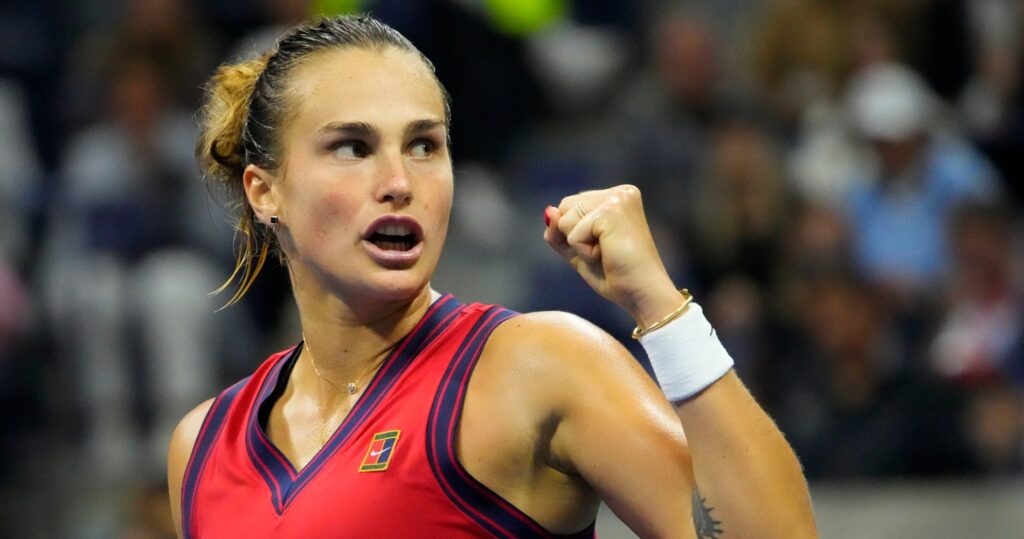
Sabalenka – “With such power, one must work a lot”
Moreover, the coach insists that people should not confuse everything when we talk about power:
“You must not confuse the power of the ball, the weight of the ball, with the speed of the ball. Some, rare, have both. Do not confuse intensity with power either. Monica Seles and Azarenka had the intensity. Seles, with her two-handed game, was able to find angles and all that is variety. She was able to use the whole court and that’s not ‘boom boom’.
“It was intense, with heavy strikes, early contact, yes, but it wasn’t just a right and a left. She was able to get you off the court with very short crossover shots, did little drop shots so for me you can’t call it a “boom boom” in the sense that it’s just pure power. Aryna Sabalenka would be more in this style, however.”
“You must not confuse the power of the ball, the weight of the ball, with the speed of the ball. Some, rare, have both. Do not confuse intensity with power either.”
— Sam Sumyk
Sabalenka also responded with great honesty and lucidity on the subject of the difficulty of keeping control over such power.
“When I was a kid, I didn’t control it at all! (She laughs). I was just hitting the ball all over the place and trying to put it in. Through the years I just understood that I don’t have to overhit it every time so I was able to lower the speed and play on the speed I can control. I also worked a lot on the consistency. I don’t have to work on the speed and the power, I just have to work on the control.”
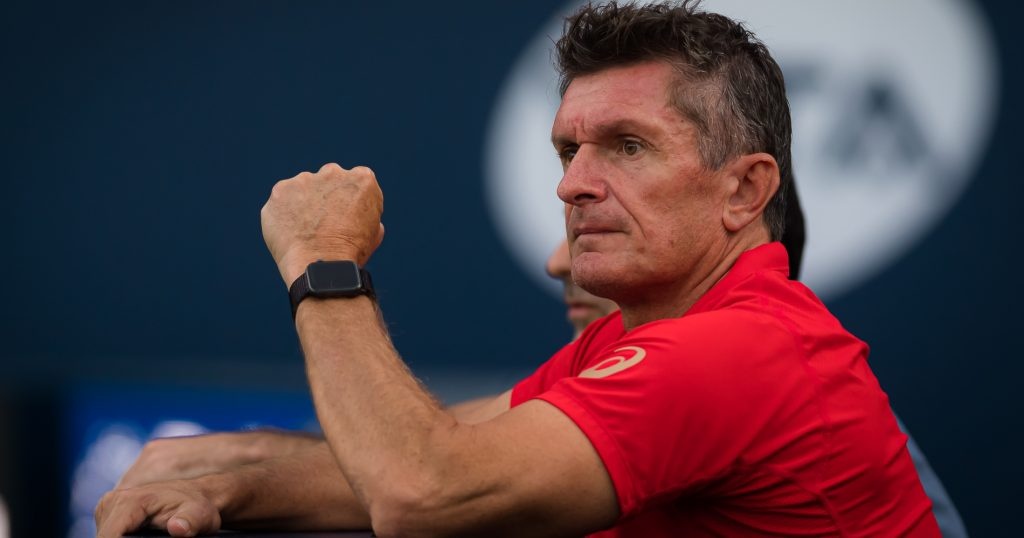
Coaching in question: the need to think long-term
Sabalenka also added a fundamental factor to the equation: coaching.
“If at a young age, my coaches could work with me more on tactics, on developing something more in them game, not only the power game… Because I started working on the different aspects of the game really late so yes, I’m late (she laughs). So we work on this a lot, but also still on my powerful game because most of the time I won the points with it. We work on everything but we focus more on improving other parts of my game. It’s good to have this power advantage but if you have it and you’re not winning, it’s just killing you and makes it even harder so I’m just trying focus on other parts and improve everything.”
Sumyk also fully acknowledges the responsibility of the coaches in these games that only thrive on punching power.
“I think a lot it’s the coach’s fault. We have a great deal of responsibility because there are things that even we are no longer taught. Players with this “boom boom” style, there are few coaches who will teach them a backhand slice or a volley. It’s a short-term thought but when you win like that, it’s complicated… Obviously there are also those who have this theory that it’s better to work on your strengths to make them stronger, etc. It is defensible, but when you see the evolution of physical and powerful games like Rafael Nadal, you can see that in the long term you are forced to change.”
“It’s good to have this power advantage but if you have it and you’re not winning, it’s just killing you and makes it even harder so I’m just trying focus on other parts and improve everything.”
— Aryna Sabalenka
Sumyk – “Power is proposed as a first quality when this is not true”
Power players must learn to accept losing matches while thinking about the long term, says Sumyk:
“It’s a bit like when you’re good as a junior: if you want to develop a game for the future, it’s going to be very hard to get people to accept that for the next three or four years you will surely lose against opponents who will only lobs and put the ball back,” he says. “But in five years, those will be on the street and you will be very strong. We are all a bit in this mode of ‘We have to win, tomorrow we have to win, too bad how’ but if you go on a vision over at least three years, you can envisage a good development.”
Power is a VIP bonus, but it won’t be enough to dominate world tennis, so Sumyk would like us all to slow down:
“We actually do too much,” he says. “Power is offered as a primary quality when this is not true. You can’t be powerful if you don’t have the right physique, you can’t be powerful if you don’t have proper grips and technique. There is also a matter of timing.
“Power, if you have it, must be a quality that you exploit, which must be available to the rest of your game, but it is not a quality that you develop first. Carlos Alcaraz, for example, is very powerful but there is a huge variety and then you have to see the physique he has built! There is a real reflection to be had to use this power to your advantage, it is obligatory.”
He has seen Sabalenka’s efforts well but also understands why it is not that easy, whether for her or for others.
“I see that she is trying, I have seen her work with her coach on slightly more rounded trajectories, on slightly more crossed shots. But also, it’s human: they are very strong in what they do, in what they know how to do and it seems that they do not need to do much more to be even stronger. It’s a short-term vision, already, but we know very well that even if you work on something that is unnatural, which is of the order of discomfort, the natural comes back at a gallop. It’s like your demons, they always come back sooner or later!”
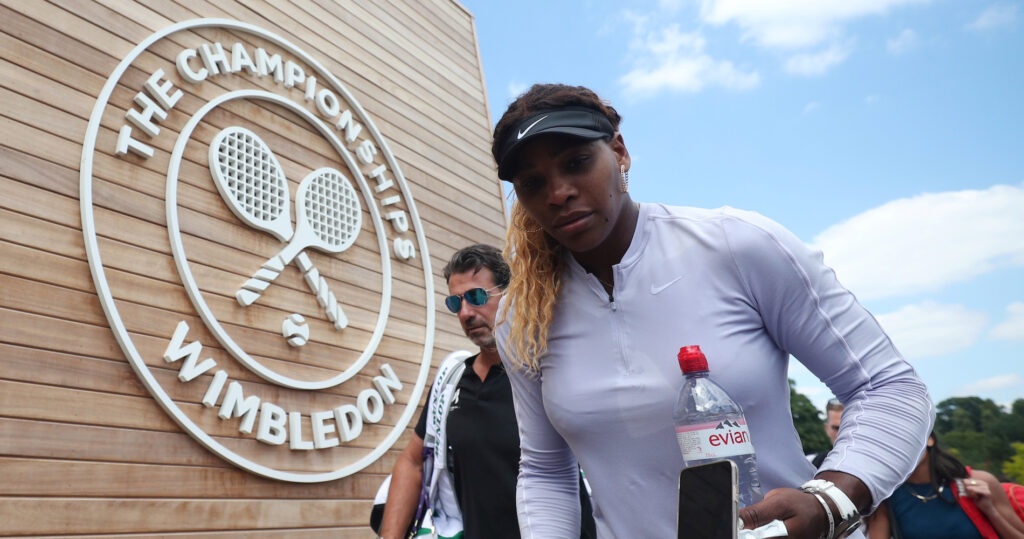
Mouratoglou – “Without this balance, they will never get there”
Patrick Mouratoglou, the coach of Serena Williams, insists on developing the proper state of mind that these players must have to keep control of their power. Failing is a choice.
“To balance control and power, and have those two together, which is a key to perform at the highest level, you have to teach on the tennis court at practice everyday,” Mouratoglou says. “It’s really a mentality to approach every single shot with maximum power and minimum unforced errors. A lot of players allow themselves to miss and they get pissed: no, if you don’t want to miss and you’re at that level, you should be able to not miss. If you get used to not missing at practice, still hitting the best shot you can because mentally you are 100% present every time you hit the ball, this is going to naturally convert into the matches.”
The coach also points out the importance of training:
“People might think that for a player with a lot of power love winners so much that they can’t learn to control their shots. But I think the opposite, I think everybody hates missing. Everyone. When you’re a top player, you can’t like to miss. The thing is we have to give tools to the players so they learn to control their power.
“You don’t control your power by slowing down, you control it by adding more spin and by having the culture of not missing, which is a culture that you have to instill into the players’ minds. It doesn’t mean they have to stop hitting the ball hard, because they love it, and they are going to keep on hitting winners, but they have to reach a balance that will make them top players, otherwise they will never make it.”
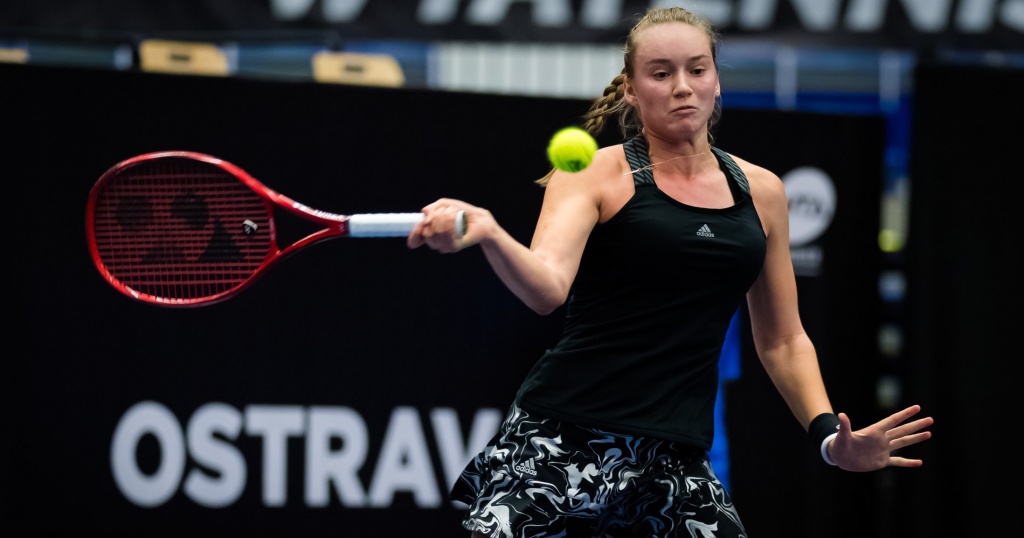
Rybakina – “I have these great shots, but I hurry”
Elena Rybakina never thought that her power alone would be enough: “I always knew that if yes I had to work on my weapons, I also had to work on what was weaker. Sometimes I have to be more patient because I have these big shots and sometimes I rush to make them. I need maybe to rally a bit longer and to make better decisions, because I know I have these shots so that’s why I’m trying to improve and make better decisions, not to think I have to hit a winner every time because I have the shots.”
Rybakina also insists on the fact that she inevitably has other problems to solve and that people tend to minimise it:
“If I was a bit smaller of course I could run around better but because of my height (6’0”) I have to use my weapons and to play aggressively,” she says. “For me this power is not very difficult, it’s very natural so maybe what people don’t understand is that other things are more difficult for me than for other players.”
Sumyk confirms that these players have other problems to solve, whether it is according to their size or their physical condition.
“These are games that require an impeccable physique. You can no longer compensate with anything, you have to be really good in all the compartments of the game to express your power because there is no margin. You’re a tenth too slow or you’re half a step too short, it’s over: your power, you no longer control it. The difference is: before you put the ball in the court but all of a sudden you put it in the parking lot. While with nuanced games like Barty, Henin or Mauresmo: on a bad day, the ball comes out five centimetres.”
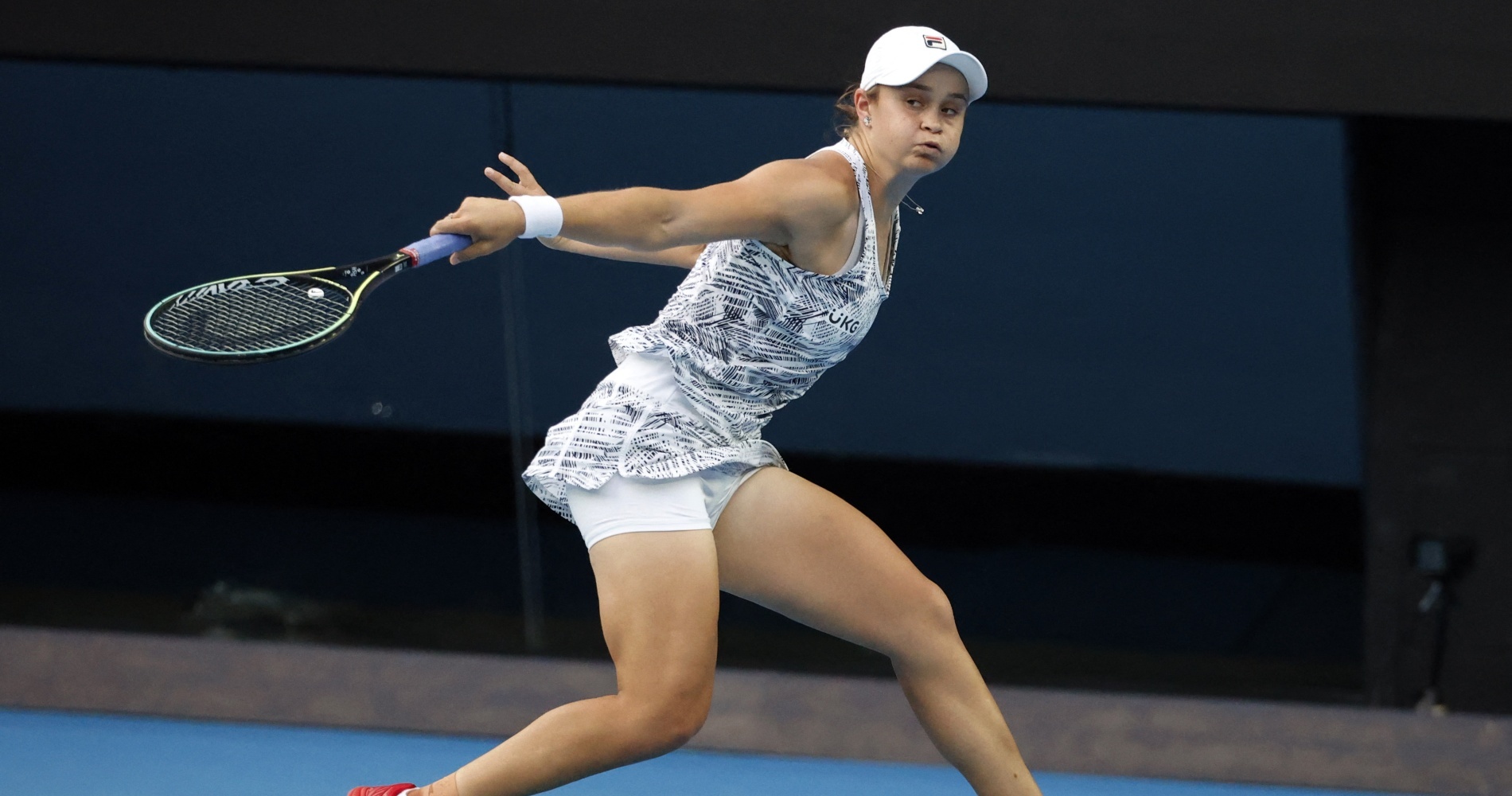
The former coach of Muguruza also points to a far from trivial element: the surface on which you learn to play.
“We also talk about girls who grew up mainly playing on fast indoor surfaces,” Sumyk says. “When you develop your game when you are a junior, you play a lot on fast or indoor surfaces so it is complicated to develop all that. Whereas on clay, we will develop variety because there is no other choice. And we know that those who have developed a game on clay can now also play very well on grass and on hard courts.
“Power, if you have it, must be a quality that you exploit, which must be available to the rest of your game, but it is not a quality that you develop first.”
— Sam Sumyk
We obviously won’t deny the pleasure there is in the show when these ultra-powerful players like Sabalenka or Ostapenko are in a big light. The ball comes off the strings like a rocket, the winning shots rain down: it’s unplayable and it’s beautiful. This is undoubtedly the trap: do not give up on the evolution of these games under the pretext that they are already spectacular. Do not lock these players into a concept of all or nothing.
Don’t take the formidable exception for the ground rule.
“When these players play hot for a fortnight, it’s very hard to beat”, confirms Sam Sumyk. “But you can’t tell yourself that you’re going to do it again, it’s not possible… If you’ve done it once it’s already good, twice it’s incredible but then you forget.” Like Petra Kvitova for example had managed to forget her Wimbledon 2011.
Afterwards, everyone also has their own objectives: here we are talking about women who for us have what it takes to fight for the sports’ biggest titles and dominate the circuit, but it is up to each one to decide where their ambition begins and ends. Sumyk sums up the question very well for these players with such striking power:
“If your goal is to win a big tournament in your life, then you don’t change anything. If your goal is to do much better than that, to truly be the best version of yourself, then you have to evolve. Otherwise it will not be enough.”
And that would be a shame as the game needs them! Because, yes, we love these oppositions of style between high-flying and variations, and we never say no to a nice backhand slammed at a hundred miles per hour along the line or an crosscourt forehand from out of this world.
Unfortunately, we won’t have a decade of Barty – Osaka, but the idea remains there: fire and ice, David and Goliath, risk and pragmatism, it’s still the perfect rivalry. And above all, this is where the game progresses.







